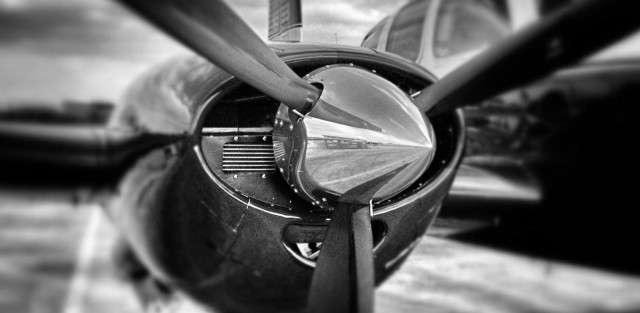Federal Aviation Administration (FAA)

The FAA is an acronym for the Federal Aviation Administration. They regulate all aspects of civil aviation, and the more notable regulations include the FAA Part 121 and 135. Civil aviation includes the organization of air traffic, the certification of personnel and aircraft, and the production and operation of airports. The FAA also regulates the protection of U.S. assets during the coming and going of commercial space vehicles.
The Functions of the FAA
Since its inception in 1967, the FAA has been responsible for a number of civil aviation functions. Some of the more notable functions include:
- Enforcing the FAA Regulations, including FAA Part 121 and 135
- Regulating the U.S. commercial space transportation
- Developing programs and supporting air traffic control personnel for both military and civil aircraft
- Issuing, revoking, and suspending pilot certificates
- Regulating air navigation facilities’ flight inspection standards
- Researching and developing the National Airspace System
- Researching and developing civil aeronautics
- Developing and enforcing programs to control aircraft noise
- Developing and enforcing programs to deal with environmental effects associated with civil aviation
Four Lines of Business
The FAA operates under four lines of business. Each line plays a specific role within the FAA. These four lines are:
- Airports – ensuring airports are constructed and operate within federal regulations
- Air Traffic Organization – ensuring air traffic moves safely and efficiently within the National Airspace System.
- Aviation Safety – providing certification to aviation personnel, airlines, and aircrafts
- Commercial Space Transportation – protecting U.S. property during launches and re-entry of commercial space vehicles.
The FAA is an acronym for the Federal Aviation Administration. They regulate all aspects of civil aviation, and the more notable regulations include the FAA Part 121 and 135. Civil aviation includes the organization of air traffic, the certification of personnel and aircraft, and the production and operation of airports. The FAA also regulates the protection of U.S. assets during the coming and going of commercial space vehicles.
The Functions of the FAA
Since its inception in 1967, the FAA has been responsible for a number of civil aviation functions. Some of the more notable functions include:
- Enforcing the FAA Regulations, including FAA Part 121 and 135
- Regulating the U.S. commercial space transportation
- Developing programs and supporting air traffic control personnel for both military and civil aircraft
- Issuing, revoking, and suspending pilot certificates
- Regulating air navigation facilities’ flight inspection standards
- Researching and developing the National Airspace System
- Researching and developing civil aeronautics
- Developing and enforcing programs to control aircraft noise
- Developing and enforcing programs to deal with environmental effects associated with civil aviation
Four Lines of Business
The FAA operates under four lines of business. Each line plays a specific role within the FAA. These four lines are:
- Airports – ensuring airports are constructed and operate within federal regulations
- Air Traffic Organization – ensuring air traffic moves safely and efficiently within the National Airspace System.
- Aviation Safety – providing certification to aviation personnel, airlines, and aircrafts
- Commercial Space Transportation – protecting U.S. property during launches and re-entry of commercial space vehicles.








